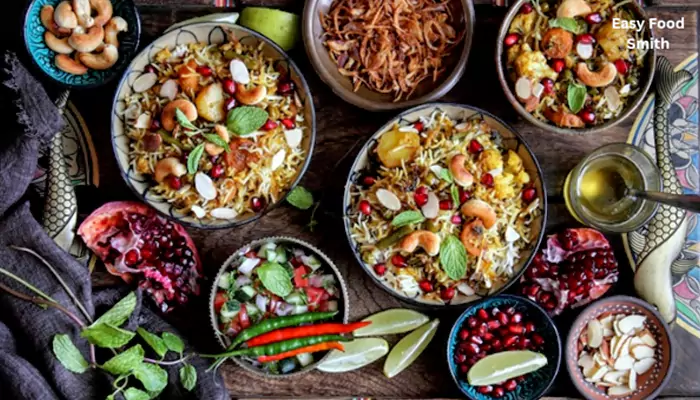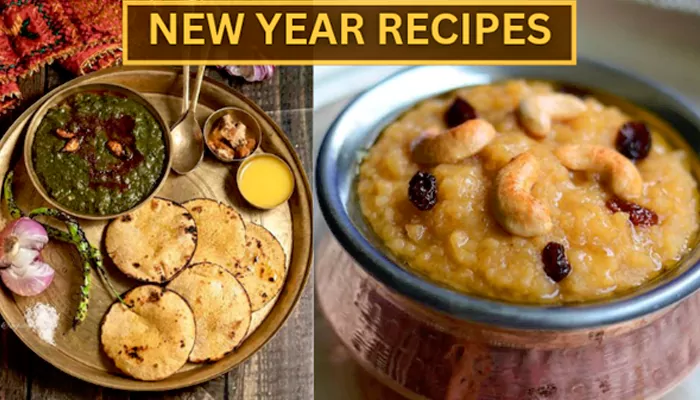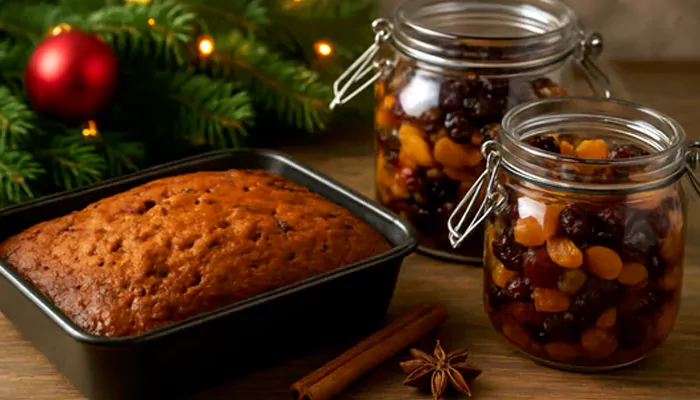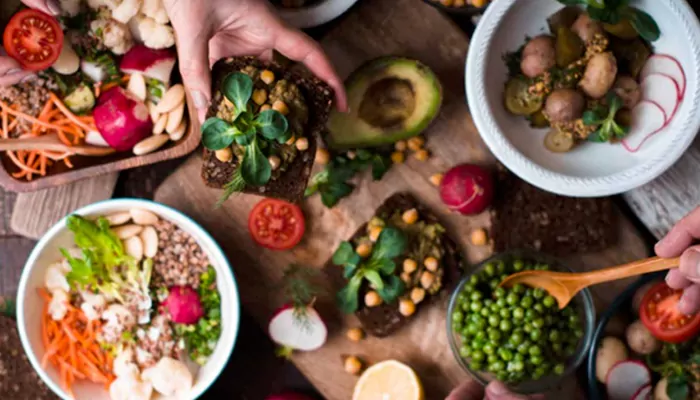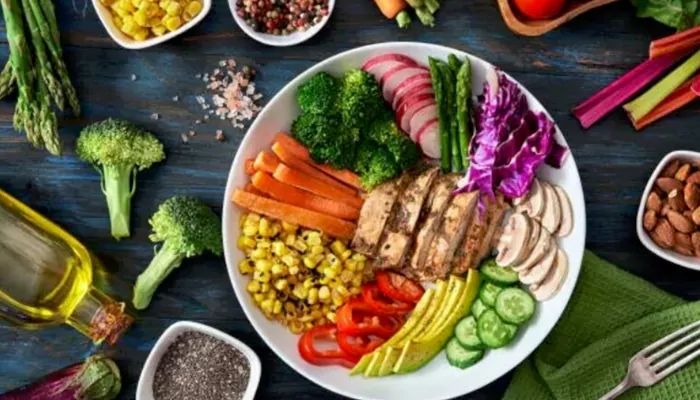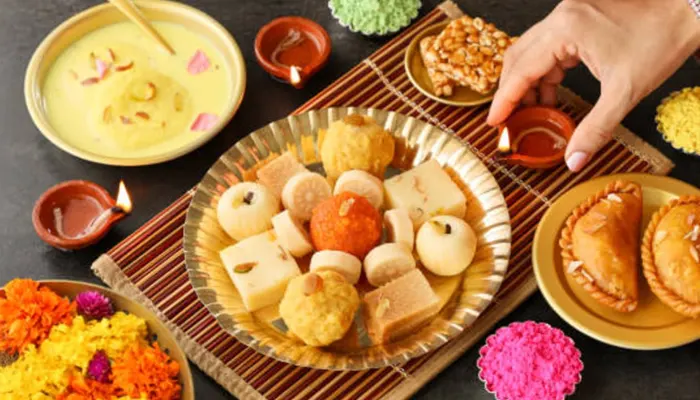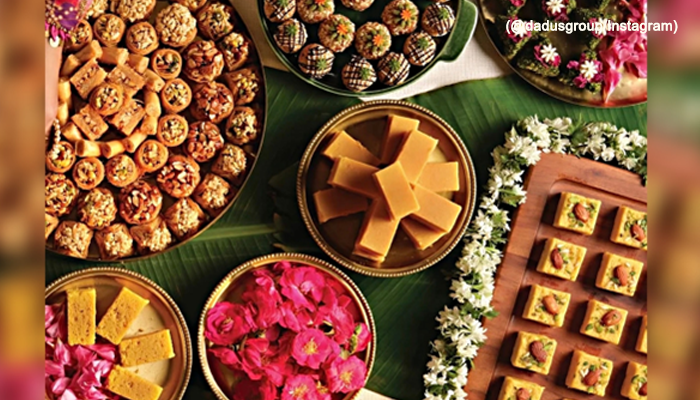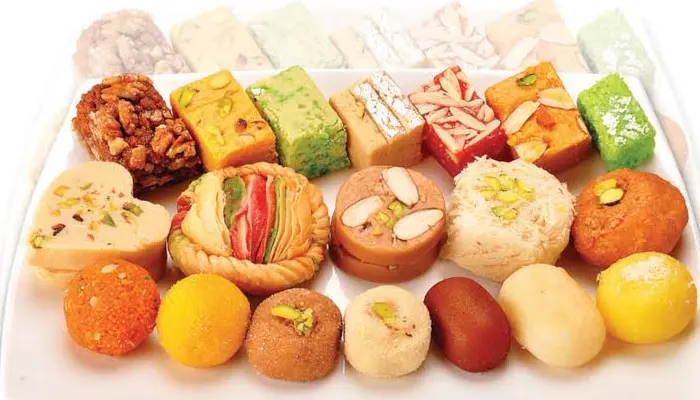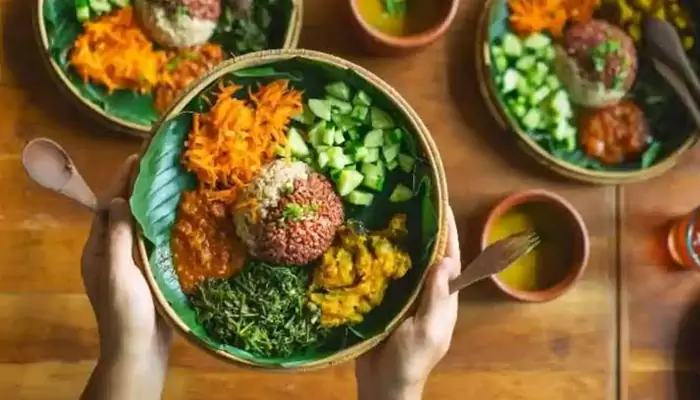
Cook it with spices, or wrap it or fry it into cakes, rice is staple in Korean food
Rice is not just a staple in Korea; it's a cornerstone of the culture and cuisine. Dating back thousands of years, rice cultivation began in Korea around 4000 BC, and it has since become an integral part of Korean daily life and culinary traditions. The significance of rice in Korea is evident in the language itself, where the word for cooked rice, "bap," also means "meal." Korean cuisine, known for its balance of flavors and use of diverse ingredients, showcases rice in numerous delectable dishes.
Here are seven absolutely smacking Korean rice dishes that are not only tasty but also a delight to learn about.
Bibimbap
Bibimbap literally means "mixed rice," and it's a bowl full of goodness. It’s a colorful dish where rice is topped with a variety of seasoned vegetables like spinach, carrots, and zucchini. The fun part is mixing it all up with a dollop of spicy gochujang (Korean chili paste) right before eating. It's a burst of flavors and textures in every bite and a great way to enjoy a balanced meal.
Tteokbokki
Tteokbokki is a popular Korean street food made with cylinder-shaped rice cakes stir-fried in sweet red chili sauce with fish cakes. Originating from the Joseon Dynasty, it was initially a royal court dish known as tteok jjim. Today, it’s a beloved comfort food enjoyed by many, especially from street vendors (pojangmacha).
Bokkeumbap
Bokkeumbap, or fried rice, is a comforting dish that's quick and easy to make. Leftover rice is stir-fried with vegetables like peas, corn, and bell peppers, seasoned with soy sauce and sesame oil. It's a fantastic way to use up leftovers and create a tasty meal in minutes. Each bite is full of flavor and the perfect mix of soft and slightly crispy rice.
Nurungji
Nurungji is the crispy, golden layer of rice that forms at the bottom of the pot when cooking rice. It’s enjoyed for its nutty flavor and satisfying crunch. Nurungji can be eaten as is, or soaked in hot water to make a simple porridge. It’s a humble yet delicious treat that brings a unique texture to the table.

Dolsot Bibimbap
A hot stone bowl version of bibimbap, Dolsot Bibimbap has the added delight of crispy rice at the bottom. The stone bowl keeps the dish warm throughout the meal, giving you a mix of soft rice and crispy bits with every spoonful. It’s a fun twist on the classic bibimbap and adds an extra layer of texture.
Kimbap
Kimbap is like Korean sushi, but it’s more than just rice and seaweed. It’s packed with seasoned rice (bap), seaweed (kim), and a variety of fillings like. Rolled up and sliced, it’s a portable meal bursting with flavors. Some say it’s Korea's take on Japanese sushi, while others think it evolved from an old-school rice and seaweed wrap called kimssam. Regardless, kimbap remains one of Korea's most beloved dishes.
Mayak Gimbap
Mayak gimbap are bite-sized rolls filled with rice, seaweed, carrots, pickled radish, and spinach. What sets them apart? They're never sliced, making them perfect for a quick snack or appetizer. Originating from Seoul's Gwangjang Market, their addictive name ("mayak" means narcotic) speaks volumes—once you try them, you’ll crave more.
Samgak Gimbap
Samgak gimbap, also known as triangle gimbap, is a triangular-shaped rice roll wrapped in seaweed (gim) and often covered with a thin plastic wrapper to stay fresh. Inspired by Japanese onigiri, these Korean versions are filled with various combinations like kimchi, tuna, bulgogi, or spicy gochujang paste. They're convenient and tasty snacks, perfect for on-the-go munching.
Ogokbap
Ogokbap, or five-grain rice, combines glutinous or plain white rice with four other grains and beans like glutinous millet, sorghum, red beans, and black beans. Eaten during the Korean holiday Jeongwol Daeborum, it’s believed to bring prosperity and good health. It’s a wholesome dish that’s as nutritious as it is delicious.

